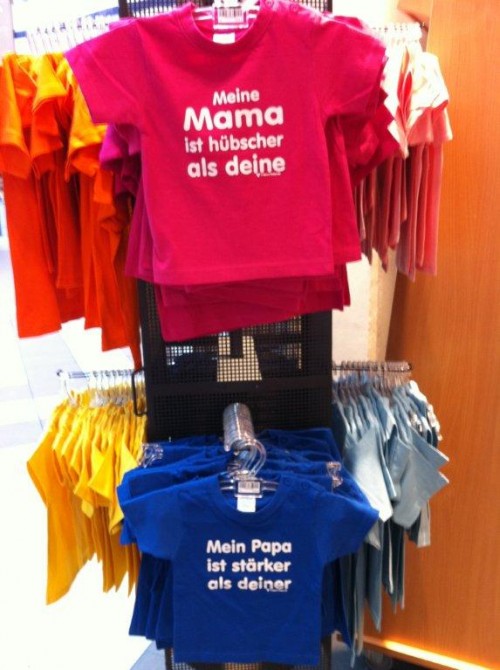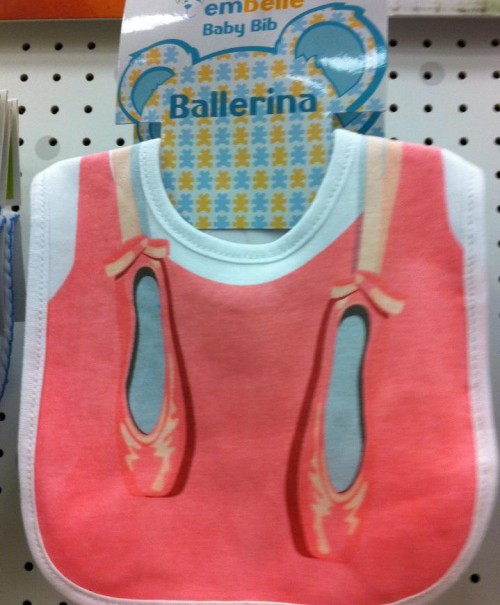As reported at Jezebel, 2011 “was either lacking severely in girlchievements or a banner year for lady pandas.”
Summarizing BBC’s “Faces of the Year,” Erin Gloria Ryan writes:
…the rest of the list will leave people who were hoping for a progressive set of female movers and shakers disappointed. Sure, it includes Michele Bachmann… and Dilma Rousseff, the first female President of Brazil. But the list also includes Charlene Wittstock, a woman famous for almost not marrying a prince, a very wealthy Spanish duchess who married a younger man, and Pippa Middleton, a woman famous for being related to a woman who married a prince. We’ve also got two sexual assault victims on the list— Eman al-Obeidi, the Libyan woman who was dragged away from reporters while trying to tell them she’d been raped by Gaddafi forces, and Nafissatou Diallo, the woman who accused Dominique Strauss-Kahn of trying to rape her in his $12 zillion per night hotel room. And then there’s the US Marine who successfully asked Justin Timberlake to go to a dance with her.
All in all, more than half… are rape victims, princesses and thereabouts, or bears.
And as SocImages reader @ThatJohn pointed out after comparing the BBC’s lists, men are noteworthy for doing things, women for having (often violent) things done to them.
Who would you nominate as a woman of the year?
Lisa Wade, PhD is an Associate Professor at Tulane University. She is the author of American Hookup, a book about college sexual culture; a textbook about gender; and a forthcoming introductory text: Terrible Magnificent Sociology. You can follow her on Twitter and Instagram.





















